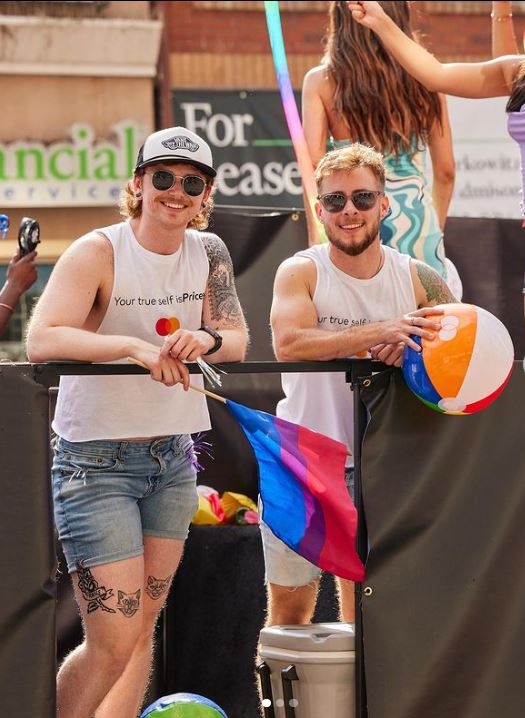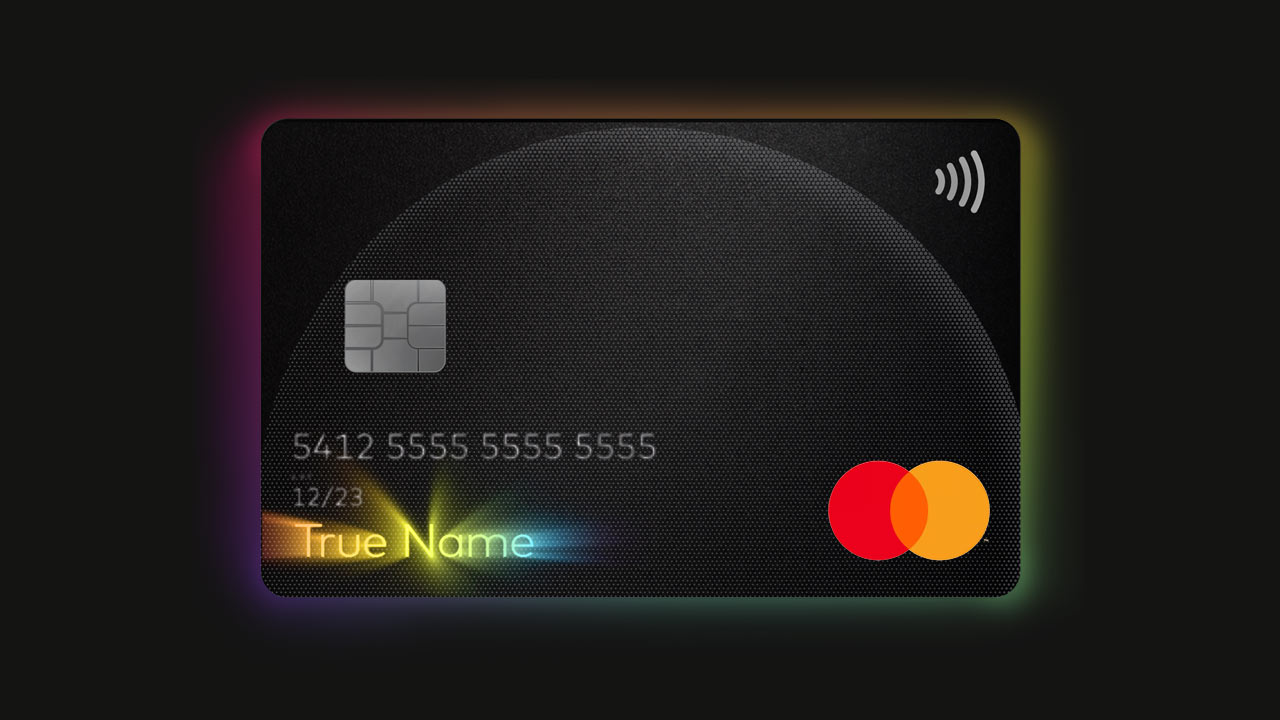This content was created by Xtra’s branded content team alongside Mastercard, separate from Xtra’s editorial staff.
Beyond being a family tie and the words on our documents, our names speak to who we are—they are immediate expressions of our identities, where we come from and, often, who we choose to be. For trans and non-binary people, there’s evermore at stake in a name, since it speaks to an entire identity transformation. However, there are obstacles for many individuals to get that change recognized, both on and off the record.
Deadnaming, the act of calling someone by the name they no longer use, goes more than skin deep and brings with it a painful history loaded with depression and anxiety. Beyond the accidental clerical error or an acquaintance using the wrong name, Canadian institutions often uphold outdated naming rules, like requiring a legal name change for a student’s file and ID to include their chosen denomination. Adding to the personal pressure, only permanent residents and protected persons can legally change their names in Canada, meaning many are stuck living with their former selves all over their IDs and paperwork.
Though it can feel like slow-coming, small nudges in the right direction in recent years have been marked by some progress in Canadian legislation when it comes to inclusivity: Gender identity and expression were protected in the Canadian Human Rights Act and the Criminal Code in 2017, while the 2021 census marked the first time Statistics Canada made space for transgender and non-binary options, becoming the first country to provide data on these groups. However, we still have a long way to go, a fact made obvious by moments like when many voters received their 2021 voting card from Elections Canada bearing their deadname despite having re-registered.

Credit: Mastercard
According to a recent Mastercard study, 90 percent of Canadians from the transgender community have had to use an ID with a name or gender that doesn’t match their presentation. And from that experience, an urgent need for change was made clear too: nearly half of the people polled said they had been verbally harassed, experienced anxiety tied to that situation or extreme embarrassment and frustration tied to the misrepresentation of their gender.
Sentiments like these are why Mastercard created the True Name feature, which allows trans and non-binary people to display their chosen name on their credit cards. After a US launch in 2019, the feature became available in Canada earlier this year, with BMO becoming the first issuer to implement it last spring
Companies like Mastercard can only learn about these needs by engaging directly with the affected communities when building features like True Name. “One of the things we learned in speaking to members of the community who work with us, and through research, is that there are so many in the transgender and non-binary community [for whom] paying with a card can be an absolute everyday challenge, when the name of their card does not match their true identity and who they are,” says Shawna Miller, the vice president of marketing and Communications for Mastercard in Canada.
Key to this feature is that it doesn’t require a legal name change, users can come as they are and have it reflected on their card. The feature goes beyond the name embossed in plastic, to the customer’s account more broadly. Avoiding the friction and future pain points these individuals may confront can make a world of difference in someone’s life. “Having my ID reflect who I am means safety, authenticity and validation. In the past, I had to use cards with my old identity to get into certain venues. I lived in constant fear when security would look over my old ID and then look at the woman before them. […] Having everything reflect who I am has brought so much peace and comfort to my life,” says lifestyle influencer and CEO of Kanopy Kitchen, Maya Henry.

Credit: Mastercard
Once the development of the True Name campaign was underway in Canada, Mastercard brought in Na Forest Lim, an artist and member of the 2SLGBTQ+ community as campaign director. Na directed spots including influencers who can speak to and share their own experience. Lim wanted to showcase authentic stories from Canadians who have gone through trying times and felt the need for this service firsthand. “It’s hard to explain the pure euphoria that comes with seeing your chosen name displayed on a card that represents you. Knowing that your identity is no longer up for debate with people that don’t even know you is something that so many people take for granted but can change other people’s lives so significantly,” says influencer Asher Di Giuseppe, highlighting the tangible impact that this initiative has had and will continue to have.
For Mastercard, True Name was something they felt a need to create, given the opportunity intrinsic to their global standing. Miller highlights that having a voice at the table comes with a responsibility to use it, though she points out that this initiative is only a start. “It’s the first brick in the road, but we still have a broad path to walk on, and we do that in partnership with the people we’ve met along the way,” she says.


 Why you can trust Xtra
Why you can trust Xtra